Setting Up the Fisher F75 in Iron-Clad Adventures
Every beep and burr under Mike’s eager gaze reminds me why I chose the Fisher F75. It’s not just a tool; it’s my partner in uncovering history’s buried stories. In the iron-laden fields where every dig is a brush with the past, this detector’s sharp discrimination and robust sensitivity settings let us chase the echoes of yesteryears. As we set our sights on a day filled with potentials and unknowns, the thrill of discovery is as vibrant now as it was in my first hunt back in ’77. Join me as we delve into strategic setups for navigating sites brimming with metal relics.
Unveiling the Precision of the F75’s Sensitivity Settings
As an aficionado of historical treasure hunting, tweaking the sensitivity settings on the Fisher F75 always feels like dialing into the past. Journeying through fields riddled with nudges of buried iron, the right sensitivity is crucial. Unlike other models, the F75 offers that delicate balance where I strike gold – not just the metal but historical artifacts that whisper tales of yore. This precision helps distinguish between mere trinkets and treasures, earmarking echoes and whispers underground. With the sensitivity knob dialed up, the F75 cuts through the chatter, focusing solely on signals that matter. This mode is instrumental when navigating sites overwhelmed with metallic debris, ensuring that each signal investigated promises potential.
Mastering Discriminate Mode in Iron-Infested Terrains
The real test of any seasoned treasure hunter’s mettle is their prowess in iron-infested terrains. The Discriminate Mode of the F75, optimized for such challenging environments, acts as my trusted guide. As I scan the earth, the Discriminate setting finely tunes what I choose to hear, allowing me to skip over bothersome ferrous clutter. This functionality is akin to having an experienced companion who whispers, “This way”, guiding me away from junk towards historical coins or relics. It’s here, amid the cacophony of bleeps and bips, that the F75’s metal discrimination prowess truly shines, demonstrating a robustness essential for anyone serious about uncovering histories hidden beneath our feet, available extensively in the Metal Detectors category.

Exploring Advanced Settings for the F75 Metal Detector
Delving deeper into the capabilities of the F75 Metal Detector, the advanced settings are where this device truly flexifies its muscles. One standout feature is the Boost Process—ideal for low-mineralized soils but a true game-changer when I’m chasing faint signals hidden deep beneath. Picture this: a sprawling field once trodden by history, and there I am, coaxing out signals that lesser machines might miss. The F75’s nuanced control allows me to experiment with settings, pushing them to their limits to distinguish between clutter and those elusive older relics. It’s about knowing the terrain, understanding the machine’s language, and making the adjustments that turn a routine hunt into a treasure trove.
The Art of Balancing Ground and Depth in Metal Detecting
The true skill in utilizing the Fisher F75 isn’t just about adjusting sensitivity or discrimination; it’s about mastering the balance between ground settings and depth detection. In the ever-changing soils—from the iron-rich red clays to the mineralized beach sands—the F75’s ground balance adjustment feature proves indispensable. By refining these settings, I ensure minimal false signals, allowing for deeper and more precise target detection. This intricate dance with the dials transforms challenging terrains into rewarding hunting grounds, making each signal a potential discovery of something valuable or historically significant, a testament to the F75’s prowess in adapting swiftly to the caller of the wild beneath.
| Product Name | Features | Pros | Cons | Categories |
|---|---|---|---|---|
| Fisher F75 |
|
|
| Metal Detectors |

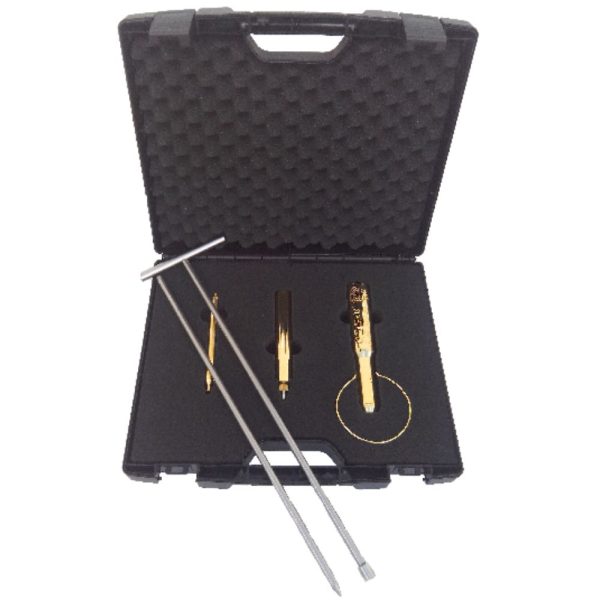
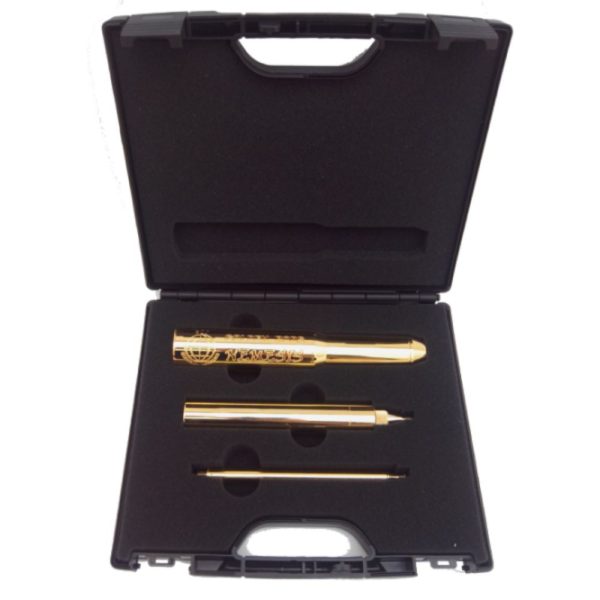
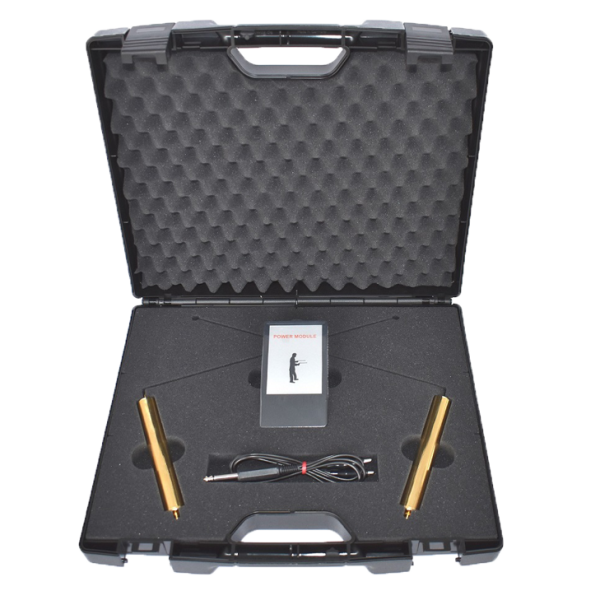


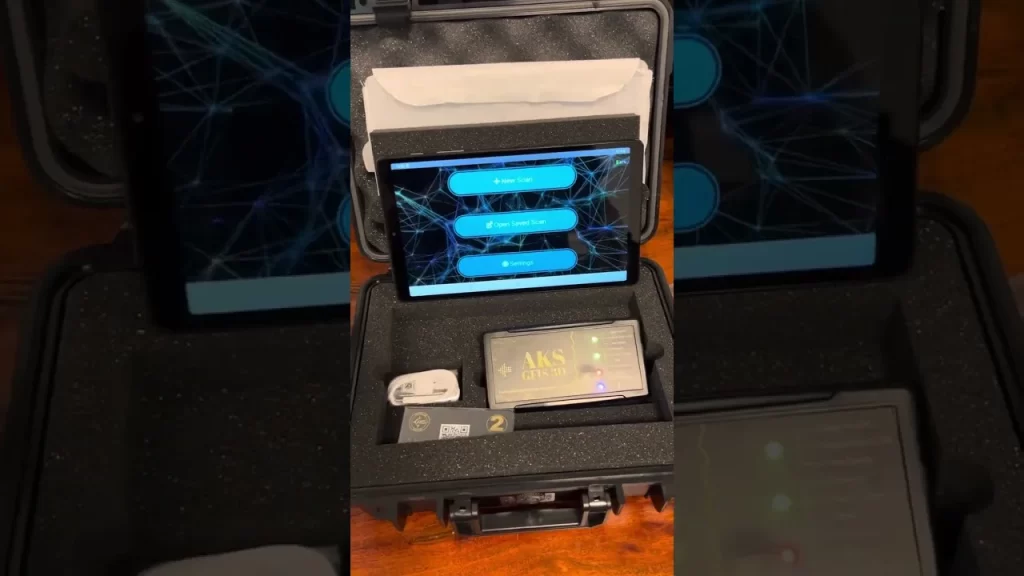
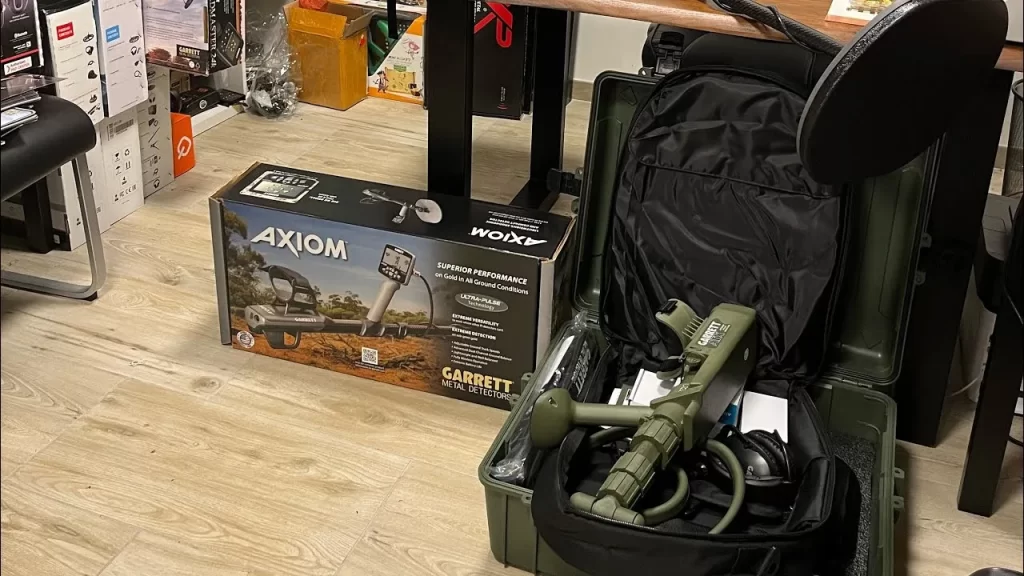
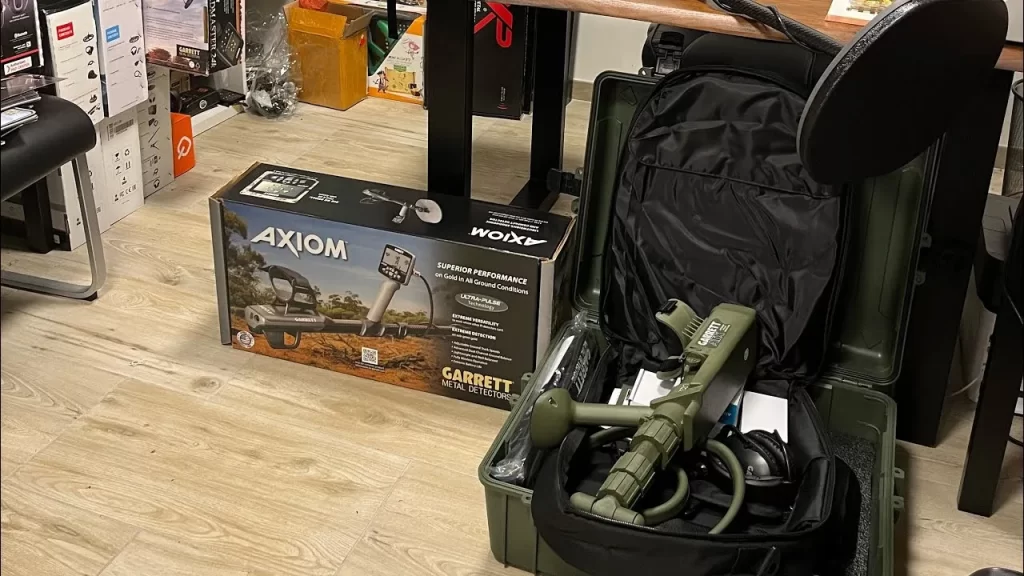
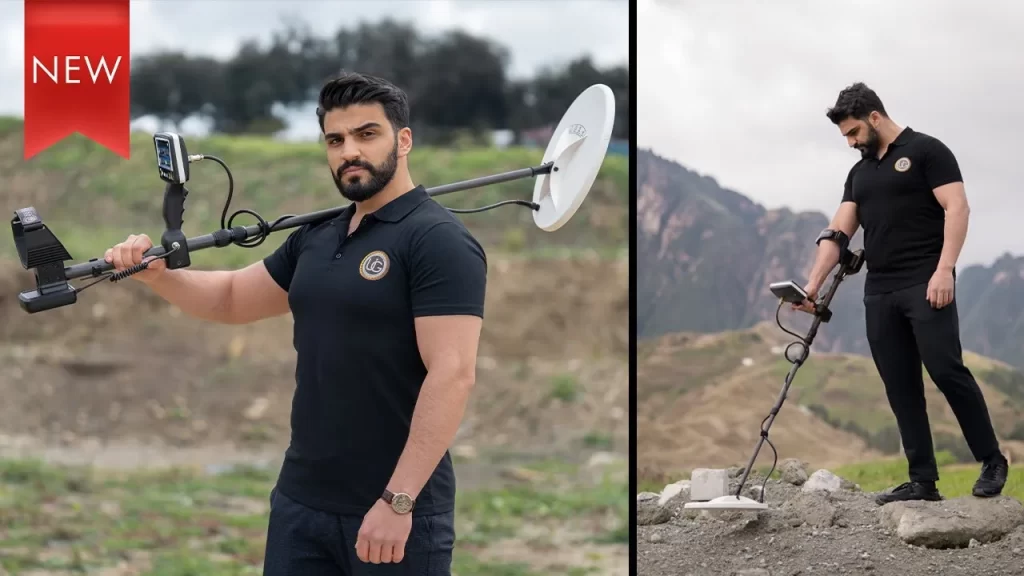

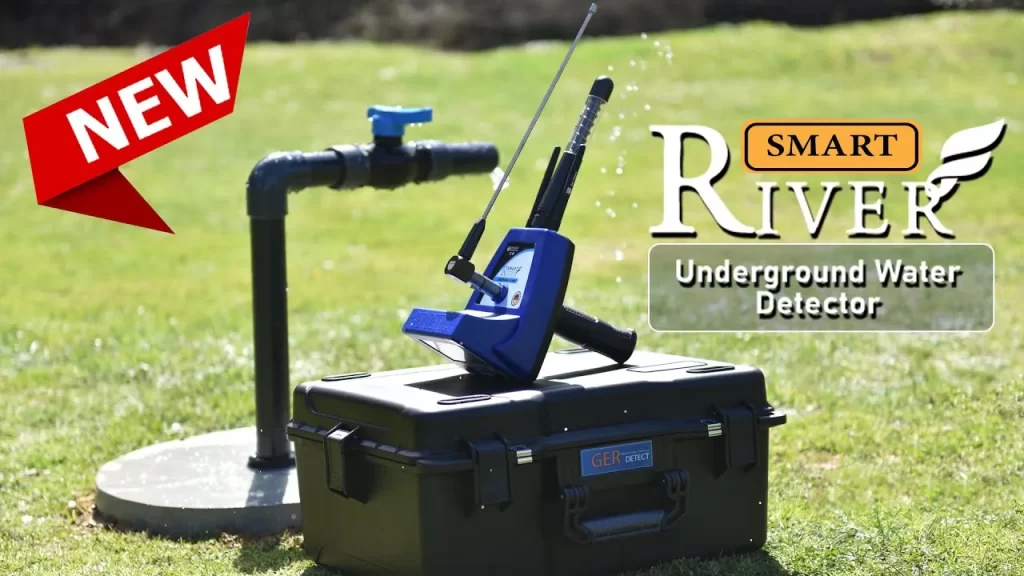

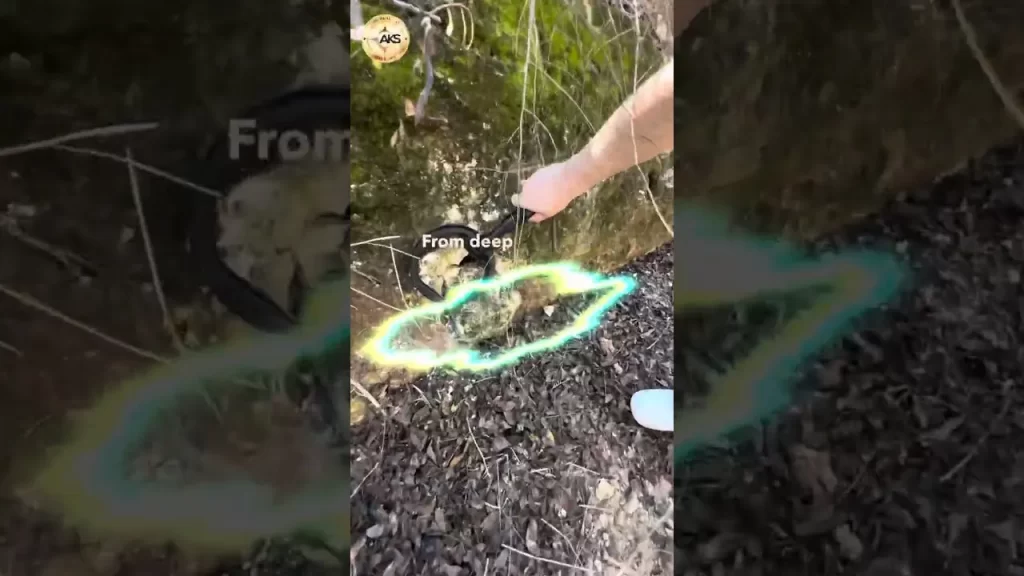

0 Comments